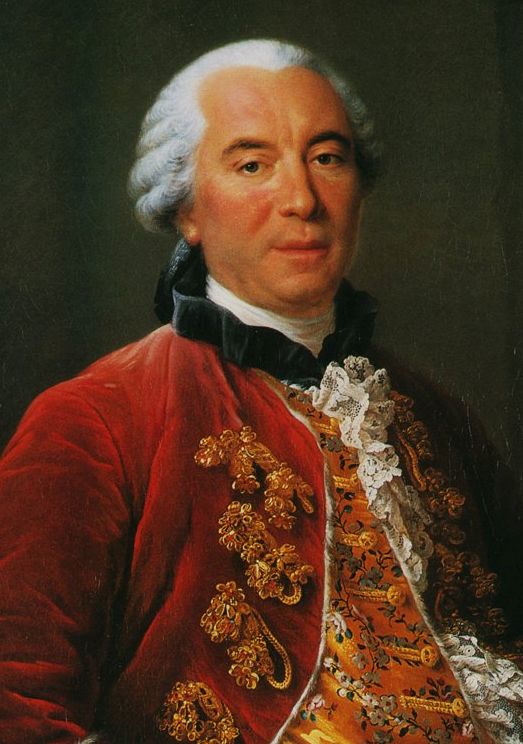Authors:
Historic Era: Era 3: Revolution and the New Nation (1754-1820s)
Historic Theme:
Subject:
Summer 2017 | Volume 62, Issue 1


Authors:
Historic Era: Era 3: Revolution and the New Nation (1754-1820s)
Historic Theme:
Subject:
Summer 2017 | Volume 62, Issue 1

Seldom have Americans cherished European writers who refused to praise our country as lavishly as we felt they should.
But in the long and blustery chronicle of American touchiness over criticism from abroad, few episodes are more charming than the campaign launched by Thomas Jefferson against a pack of dastardly foreign scientists who claimed that the New World's weather was cold and soppy, that our mammals were puny, and that our Indians were shiftless sissies.
This late-eighteenth-century defamation of the Americas was spread by various naturalists and popularizers of science, both Continental and British. But what gave the slanders their aura of respectability was that they originated and found their most eloquent expression in the pages of the august and formidable Count Buffon.
Nowadays, Georges Louis Leclerc, Comte de Buffon (1707-1788) rates an inch or so in the quotation dictionaries for having said that “the style is the man”; yet it would be a chore to name a scientist between Newton's day and Darwin's who was more widely known and admired by his contemporaries. Buffon's grand opus, the Histoire Naturelle, Générale et Particulière, stretched to 44 volumes. New editions, translations, and abridgements appeared frequently during the author's lifetime and for decades after his death. As late as the 1860's George Bernard Shaw laughed to overhear a pompous gentleman in a Dublin bookshop inquiring for "the works of the celebrated Buffoon"; for, as Shaw would later recall, "Every literate child at that time knew Button's Natural History as well as Aesop's Fables."
Buffon was regarded as one of the luminaries of the Enlightenment: an intellect ranked with Diderot, Montesquieu—even Voltaire. He was Superintendent of France's Royal Botanical Gardens and of her Royal Museum. He was one of the "Forty Immortals" of the French Academy and a member of every important scientific society in Europe.
When this emperor of natural history decreed America to be dank and nasty, who could say how many thousands of potential emigrants or investors might grow wary of the New World?
Buffon never crossed the Atlantic. But then, we can hardly blame him for shunning a hemisphere whose wretchedness he understood so well.
Buffon stated that the New World's cold and drippy climate was the cause of its every woe. Vast swamps and marshes cover much of America, he said, and their evaporating waters increase the clamminess of the atmosphere. Yet even where the land is not flooded it still oozes, for American flora grow in such jungle-like thickness that the soil receives no sunshine. All in all, the landscape Buffon drew was not such stuff as picture postcards are made